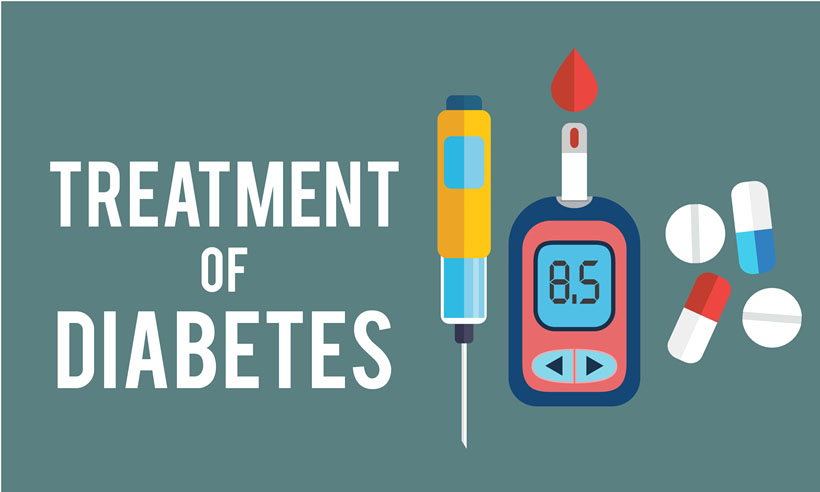Perspectives on the Future of Diabetes Treatment
Diabetes is a chronic metabolic disease characterized by hyperglycemia and caused by defects in insulin secretion, insulin action, or both. There are two main types of the disease: type 1 diabetes (T1D) and type 2 diabetes (T2D), with the latter accounting for approximately 90% of diabetes.
Type 1 diabetes is an autoimmune disease in which the cells responsible for insulin production in the body are destroyed due to autoimmune factors in the patient. In type 2 diabetes, however, these cells still function, but the body is insulin resistant due to genetics, obesity, high-calorie diet and lack of exercise. Diabetes is a major cause of blindness, kidney failure, stroke, and heart disease. According to the WHO, diabetes has become a global epidemic and is expected to be the seventh leading cause of death by 2023.
There is no cure for diabetes and most anti-diabetic drugs provide some degree of symptom control, but patients still face long-term health complications.
The biotechnology industry has seen this opportunity and is working hard to develop new diabetes drugs while also striving for the ultimate goal of developing a cure.
 Cellular therapy
Cellular therapy
Although still in its early stages of development, cell therapy is one of the greatest hopes for developing curative therapies, especially for the treatment of type 1 diabetes. Several large pharmaceutical companies are also actively involved in developing their own cellular therapies for diabetes, such as one being developed by a Belgian pharmaceutical company, in which cells are implanted from the patient’s liver and reprogrammed to produce insulin, and another in which cells are obtained directly from the pancreas. Despite their enormous potential, these technologies are still very far from being marketed. First, they must be proven effective in clinical studies; second, they can be very expensive, reaching six figures based on precedents in other areas of cell therapy, and because diabetes is not an immediately life-threatening disease, health insurance companies in many countries are not willing to cover the cost of the treatment, so the patient will be responsible for the high cost. The high cost will be borne by the patient.
Artificial pancreas
Attempts to cure type 1 diabetes are still in the experimental stage, and since these methods do not apply to patients whose insulin-producing cells have been completely destroyed, a new treatment option has emerged for such patients - an artificial pancreas, a fully automated system. It measures blood sugar levels and injects the right amount of insulin into the bloodstream, just as a healthy pancreas would function. A team of researchers at the University of Cambridge is working to develop this algorithm for automatically self-calculating the amount of insulin injected.
Induction of insulin secretion
Statistics show that over the past decade, more than 40 new anti-diabetic drugs have been approved for the treatment of diabetes, yet the reality is that glycemic control remains poor in patients with type 2 diabetes.
Microbial Therapy
Over the past decade of research and exploration, scientists have realized that the microbes that live in our bodies play a pivotal role in our health. The human microbiome, particularly the gut microbiome, has been found to be associated with a variety of chronic diseases, including diabetes. Researchers from the University of Amsterdam have found that by transferring the gut microbiota from healthy people to the gut of people with diabetes can significantly improve the symptoms of people with type 2 diabetes. While this therapy is promising, it is difficult to manage the uncertainty associated with the complexity of the gut microbiota at current levels.
Anti-diabetic drugs are a pharmaceutical market with great potential, and pharmaceutical companies are bound to continue to invest more in the face of such a promising market.
